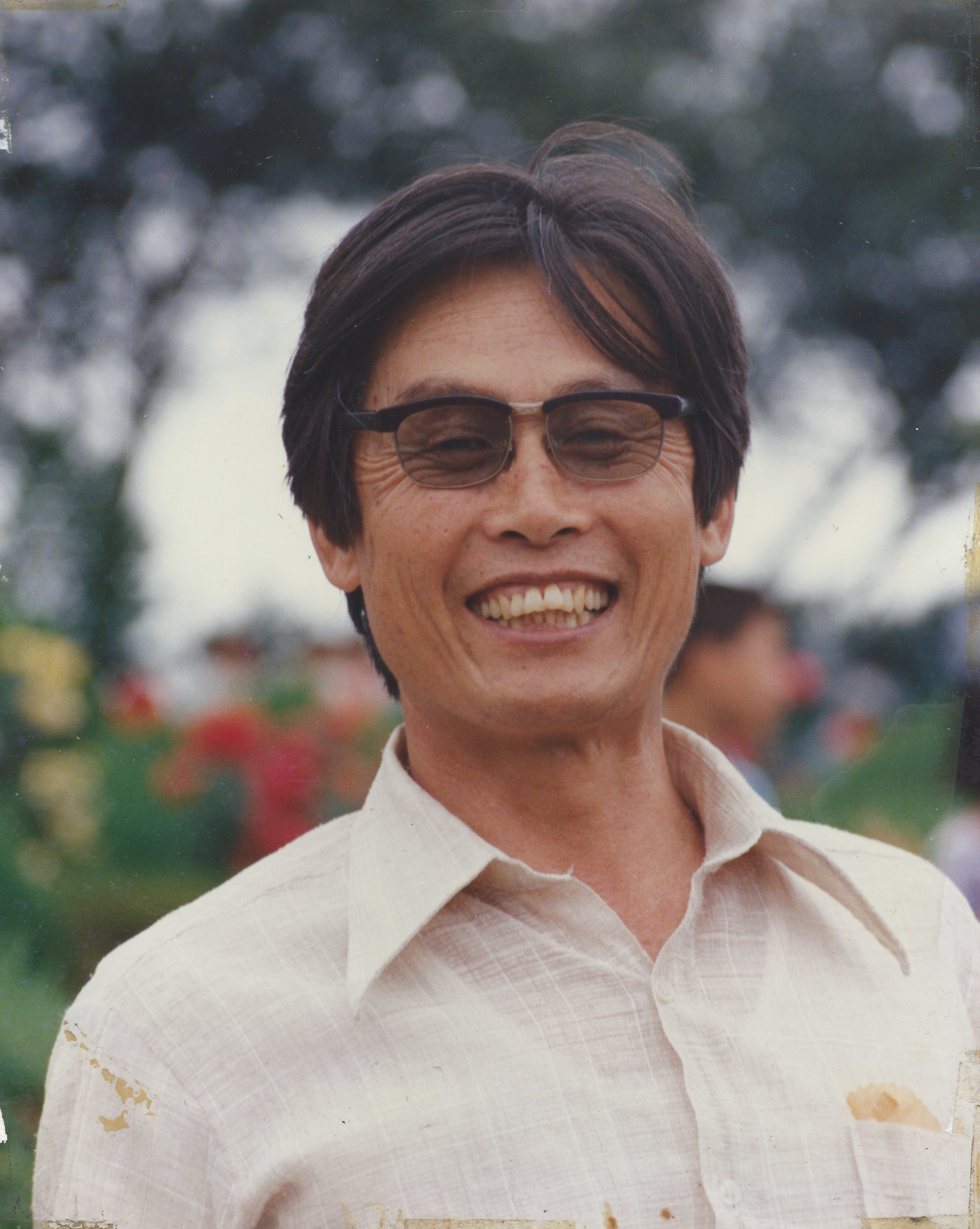반응형
The Chapmans have traveled to all 50 States and every continent to acquire this vast collection. Chapman's has gems minerals, petrified woods, and Native American artifacts on display. The museum holds the largest known collection of petrified palms, as well as an ultraviolet room for viewing phosphorescent minerals. In the shop, visitors can purchase rocks, gems, shells, art, jewelry and other collectables starting as low as $1. We enjoy having groups of all sorts, but we do not give a formal tour, however we are always happy to answer any questions. Four Miles South of Fortuna on Hwy 101
.
We love free museums, but when they're paired with businesses touting them on signs, museum "artifacts" sometimes turn out to be barely visible between the merchandise. This is not the case at #Chapman's_Gem_and_Mineral_Museum, which houses its impressive collection in a wing separate from its rock and jewelry shop (also fun to peruse). The museum is a treasure of polished petrified wood, brightly colored minerals, and unique rocks its creators obtained while traveling around the world.
.
Warren "Buzz" Chapman and his wife Charlotte opened their Fortuna mineral shop in 1963, after outgrowing rock shops in #Miranda , California and in Oregon. Buzz was a lifelong rock collector. In 1937, at the age of 9, he made his first big acquisition, trading a hundred pounds of beach agate he'd collected for a single Brazilian agate (which is displayed in the museum). Buzz opened his first rock shop with Charlotte in 1950; he often had jobs working in the forest while Charlotte ran the rock business.
.
They expanded the Fortuna building in 1985, devoting a large, separate gallery to their personal collection of exotic rocks and minerals. The displays include large specimens of crystals, geodes, agate, and petrified wood. There's an elephant bird egg from Madagascar, and a big dinosaur bone from Utah. A black light room shows off fluorescent and phosphorescent rocks under shortwave ultraviolet light. There are fossils and Indian artifacts.
.
Buzz died in 2003; Charlotte continued to collect and help at the store until her death in 2013. Their rock hound spirits linger. In the museum entrance there's a great metal sculpture, by Hobart Brown, of Buzz depicted with his foot on a petrified wood log, hoisting a magnificent amethyst crystal overhead.
.
The family still travels to mineral trade shows, expanding the collection. Sharon (the Chapmans' daughter) and Lyle Brown own the store, and keep up its tradition of helping visitors identify rocks they bring in. Their daughter Christy and longtime employee Matt were happy to answer our museum history questions (next time we'll have rocks with us).
.
Before leaving, please take notice of the sculpture of a chimpanzee squatting next to a glass jar with a hand-written label: "The museum is free but the Monkey accepts donations. Thank you."
.
Chalcanthite (from Ancient Greek χάλκανθον (khálkanthon), from χαλκός (khalkós) 'copper', and ἄνθος (ánthos) 'flower, bloom') is a richly colored blue-green water-soluble sulfate mineral CuSO4 · 5H2O. It is commonly found in the late-stage oxidation zones of copper deposits. Due to its ready solubility, chalcanthite is more common in arid regions.
.
#Chalcanthite is a pentahydrate and the most common member of a group of similar hydrated sulfates, the chalcanthite group. These other sulfates are identical in chemical composition to chalcanthite, with the exception of replacement of the copper ion by either manganese as jokokuite, iron as melanterite, or magnesium as pentahydrite. Other names include blue stone, blue vitriol, and copper vitriol.
.
+++




























































































































































































반응형
'1. Dr. Sam Lee > 여행스케치' 카테고리의 다른 글
| 106. Angels Landing at Zion National Park (1) | 2022.09.19 |
|---|---|
| 105. SAN JOSE CALIFORNIA TO ONTARIO CALIFORNIA TRIP (0) | 2022.09.03 |
| 102. Ruth Lake, Rohner Park Trails, City of Fortuna, City of Ferndale, CA (0) | 2022.08.20 |
| 100. San Francisco to Marin Headlands Hiking (0) | 2022.08.15 |
| 99. Anthony Chabot Regional, Clyde Woolridge Staging Area (0) | 2022.08.07 |
